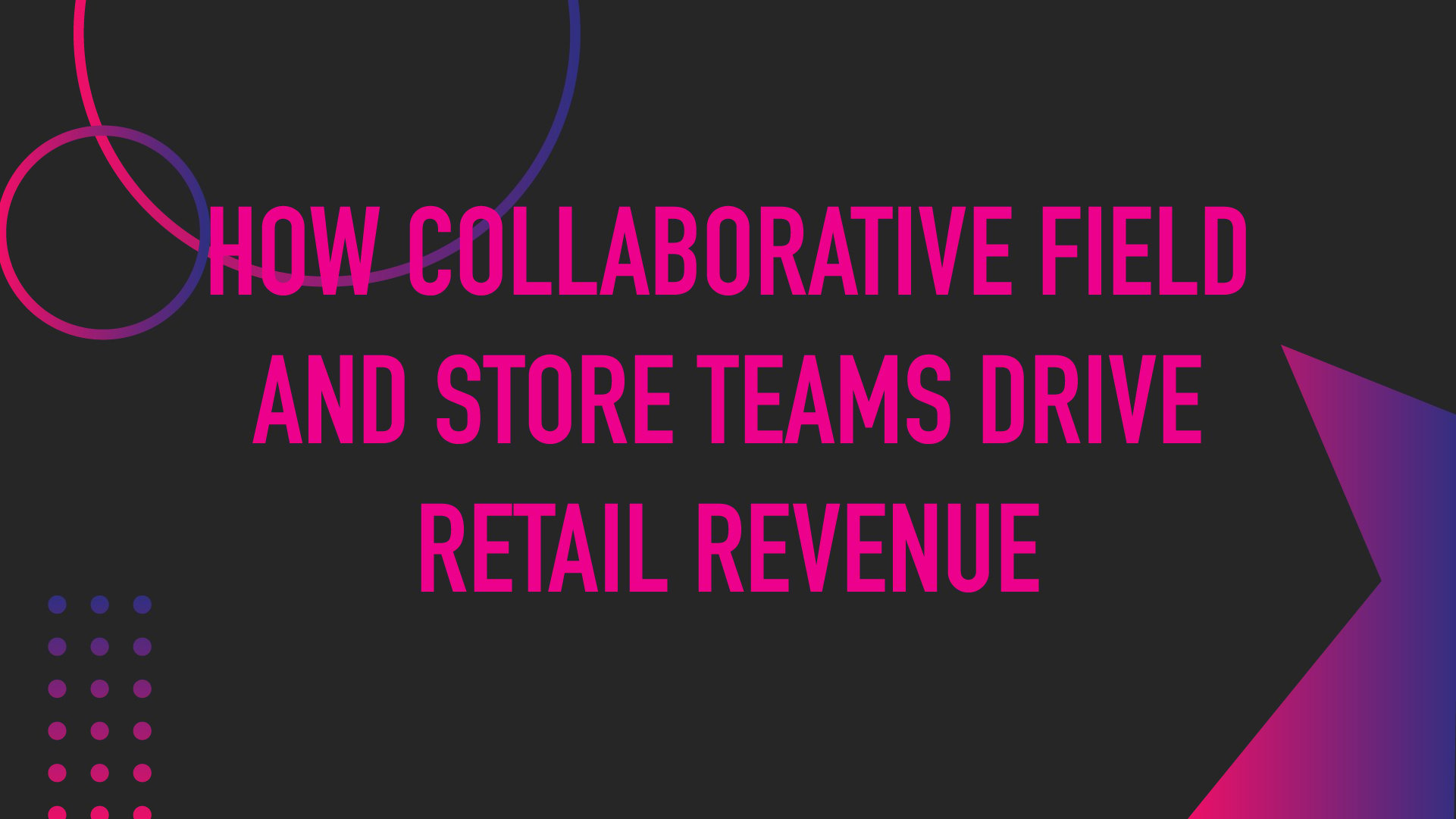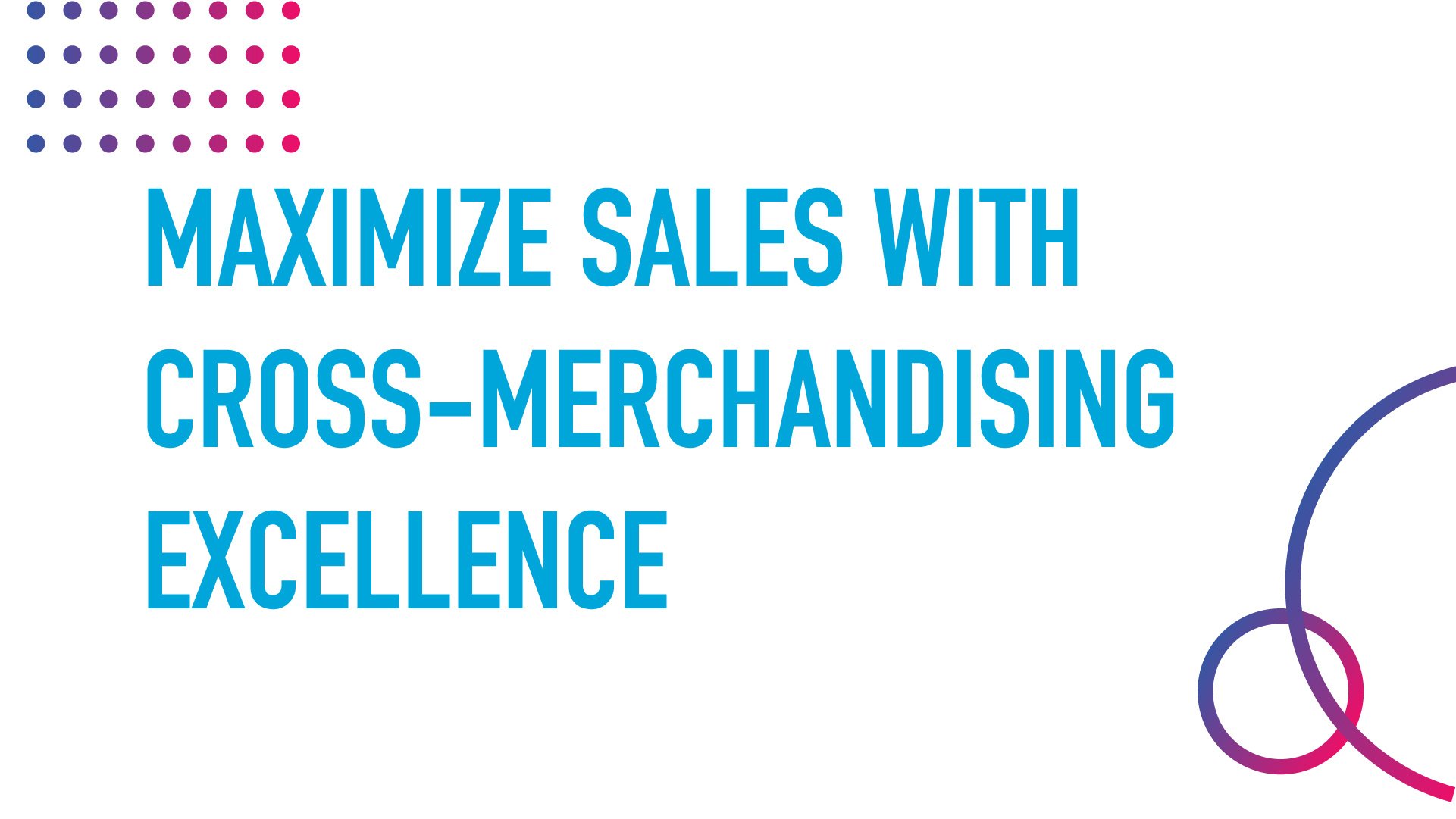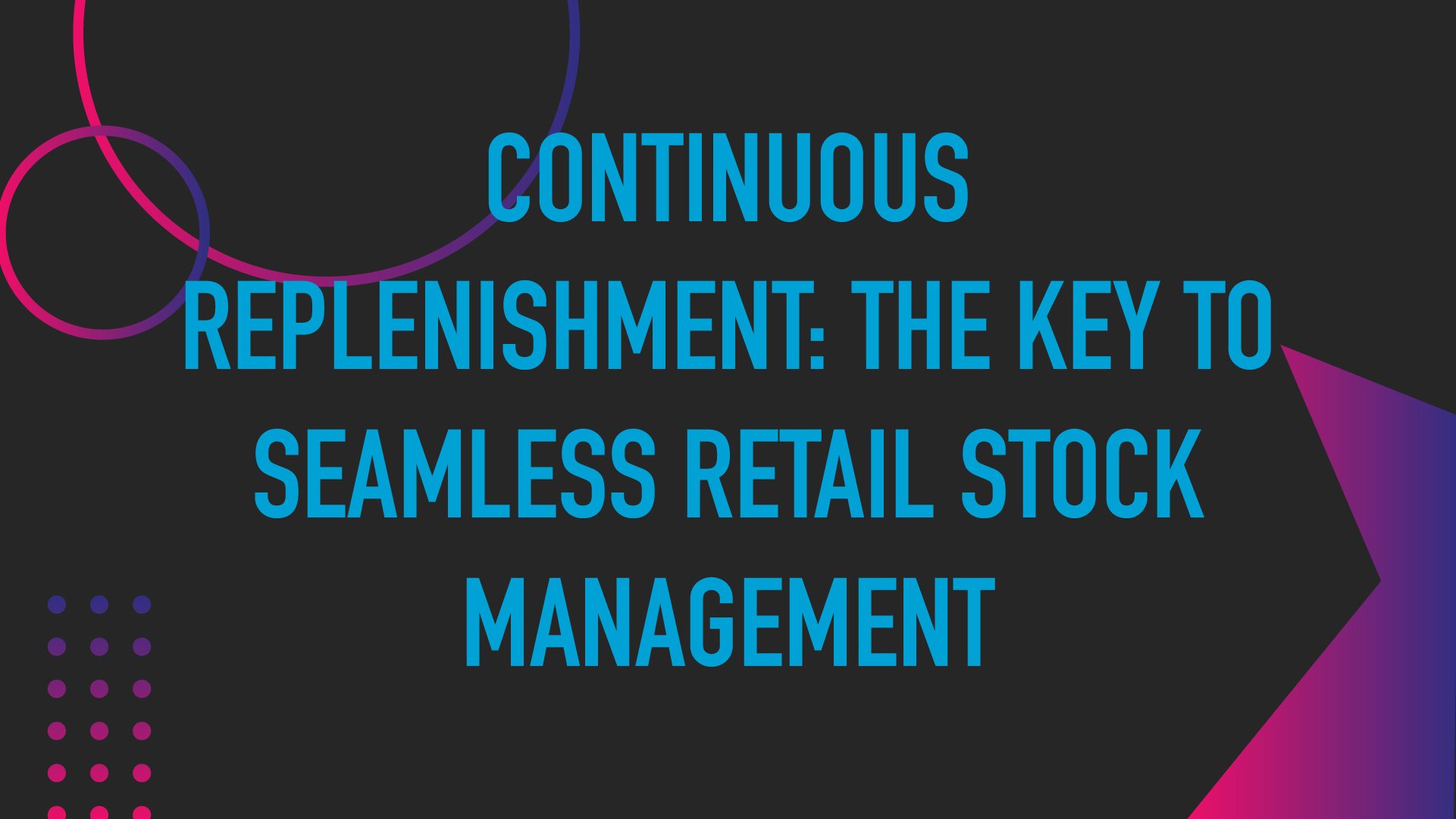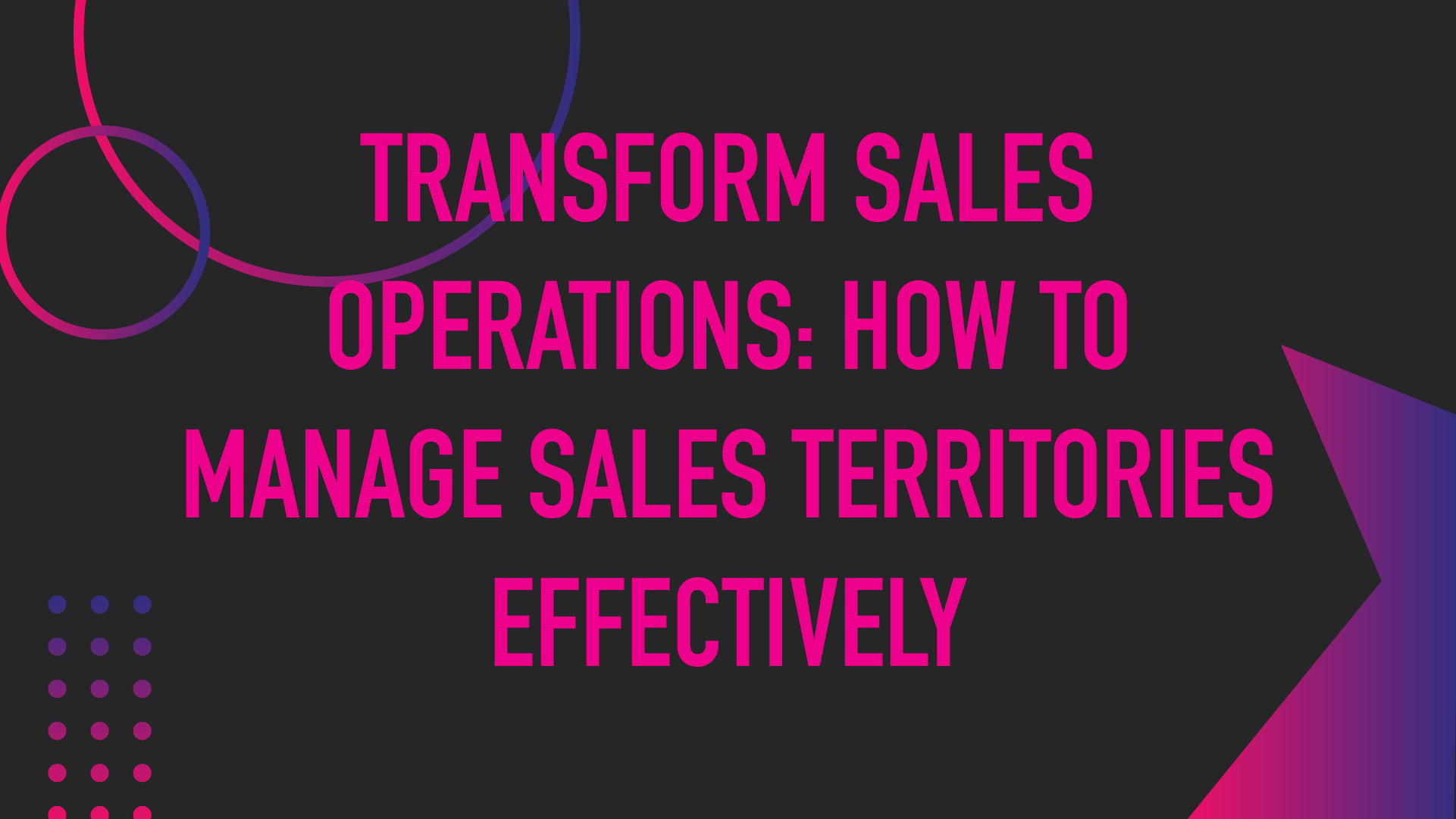A Roadmap to Success: Getting Your Brand in Retail Stores


Securing partnerships with retail stores can be an exciting milestone for any CPG business. It increases your brand visibility and opens up opportunities for increased sales and customer reach. However, breaking into competitive retail markets requires careful planning and execution.
We've provided you with a step-by-step guide on how to get your brand in stores, along with valuable tips to improve your chances of securing those coveted retail partnerships.
Don't Discount Brick-And-Mortar
A solid presence in retail stores is essential to an effective product distribution strategy. Diversifying your sales channels beyond online platforms reduces reliance on a single avenue for reaching customers. While online shopping has undoubtedly gained popularity, 64% of shoppers still prefer shopping in person.
Having your products available in physical retail locations gives these customers an accessible and convenient way to purchase from your brand. Seeing your products on shelves gives them a tangible experience that allows them to interact with the products before making a purchase, boosting their confidence and satisfaction while giving you a competitive edge.
Another key advantage of having your brand in retail stores is the increased exposure it provides. Retail stores often have their own marketing efforts that help promote your products alongside other complementary items or through targeted campaigns. This exposure can increase brand awareness and attract new customers who may not have discovered your products otherwise.
Having your brand available at a retailer that customers already know and trust gives your brand credibility and legitimacy because it demonstrates that your products have met certain quality standards and have been deemed worthy of being stocked by reputable retailers.
Getting Into Retail Stores: A Step-by-Step Guide
Identify the Right Retailers for You
Finding retailers that align with your brand's target audience and values is crucial for success. With 63% of consumers becoming increasingly conscious of the brands they support, it is essential to develop a comprehensive brand strategy that meets retailer expectations and resonates with your desired customer base.
Start by clearly defining your target audience. Understanding your client's demographics and purchasing behaviors will help you identify retailers whose customer base aligns with yours. Look for retailers that cater to a similar demographic and share similar values. Contacting existing customers or conducting market research surveys to gather feedback on potential retail partners can provide valuable insights into which retailers your target audience already trusts.
Once you have identified potential retailers, dig deeper into their brand positioning and values. A strong partnership is built on shared ideals and mutual benefits, so make sure any retailer you are interested in partnering with aligns with your brand's values and long-term goals. Research their mission statements, company culture, and the products they carry. This will give you insights into whether or not there is alignment between your brand and theirs.
Tell A Compelling Brand Story
Capturing the attention of retailers is a challenging task. However, a compelling brand story is one powerful tool to help your brand stand out.
By crafting a unique and captivating narrative around your brand, you have the opportunity to not only differentiate yourself but also leave a lasting impression on retailers. This goes beyond simply listing the features and benefits of your products or services; it's about creating a connection with your audience by sharing the journey, values, and purpose behind your brand.
Identify your unique selling proposition (USP) to create a compelling brand story. What sets your brand apart from others in the market? Is it a commitment to sustainability? Exceptional craftsmanship? Unparalleled customer service?
Your USP forms the foundation of your narrative and serves as the driving force behind your differentiation. Consider how you can weave this USP into a story that resonates with retailers. Think about what inspired you to start this venture and how it aligns with their needs and desires. Share anecdotes or experiences that demonstrate how your product has impacted customers' lives or solved their pain points.
Remember to keep your narrative consistent, concise, and impactful. Retailers are often bombarded with countless brands vying for their attention, so you need to make every word count.
Utilize vibrant language and captivating imagery to create a powerful narrative showcasing the unique qualities that set your brand apart. Once you've established your brand identity, it is crucial to maintain consistency across all communication channels so that retailers can easily identify you from the crowd.
This means ensuring that every touchpoint where you interact with retailers, from marketing materials to website content, reflects the same level of coherence and professionalism.
Pitch with Persuasion (That You Can Back Up)
When it comes to getting your brand into a prominent retail store, you must present yourself with professionalism and authenticity. These two key elements capture the attention of potential partners while building trust and credibility in your brand. By demonstrating a commitment to excellence and authentic representation of your brand, you can create long-lasting partnerships with retailers that drive lasting success.
Highlighting how partnering with a specific retailer will benefit both parties is essential. Clearly articulate what sets you apart from competitors and emphasize how your brand compliments the retailer's existing range, fills a gap in the market, or brings something unique to the table. Back up your claims with concrete evidence through market research, customer testimonials, or case studies illustrating how your brand has successfully performed in other retail environments.
Tailor your pitch and customize your approach for each retailer you target. Research their needs, preferences, and customer base to show them you understand their business model and can contribute to their success. Illustrating practices or initiatives that resonate with consumers and potential retail partners can further set your brand apart from your competitors.
An effective display and design can also help attract potential retail partners to your brand by more than 80%. Creating a visually appealing presentation that conveys who you are as a brand and what makes you unique will solidify your brand in the eyes of prospective partners. Use professional graphics, compelling visuals, and product displays to give retailers a visual representation of how your product will look in stores.
Nurture Your Retailer Relationships
Retailers are the gatekeepers to a vast customer base, and nurturing these relationships can open doors to new opportunities and long-term partnerships. The key to growing these relationships lies in understanding that it's not just about short-term gains but instead fostering long-term partnerships. Investing time and effort into building trust, delivering exceptional service, and consistently exceeding expectations can carry far beyond immediate sales opportunities.
One of the most effective ways to build relationships with retailers is through networking. Attending industry events, conferences, and trade shows provides invaluable opportunities to connect with key decision-makers in the retail sector. Engaging in meaningful conversations and exchanging ideas can help establish rapport, illustrate your commitment to collaboration, and open doors to new opportunities.
Improving Your Chances of Getting into Stores
Securing shelf space in retail stores is a significant achievement for any brand, but it requires strategic planning. Here are three valuable tips to improve your chances of success.
Demonstrate Consistent Execution
Consistency is key to building trust with retailers. They rely on brands that can reliably deliver on their promises and execute tasks effectively across all store locations.
Developing clear processes and systems for inventory management, shelf restocking, and visual merchandising is crucial for gaining a retailer's confidence in your business. Implementing well-defined procedures ensures that every step of your internal process is seamless regardless of the store location.
Retailers appreIciate brands that pay attention to detail in maintaining an attractive display for their customers. Developing consistent visual merchandising guidelines and planograms helps maintain brand identity across different stores while creating an appealing shopping environment for customers.
By demonstrating your ability to consistently execute product integration with precision and care into stores, you not only impress retailers but also gain a competitive edge over other brands vying for the same shelf space. When retailers are confident in your brand's ability to deliver consistent results, they're more inclined to allocate prime shelf placements for your products.
Squash Out-of-Stocks
Retailers know that customers are more likely to choose their store over competitors if they can reliably find what they need. Out-of-stock situations can cost a retailer $40 million a year in lost sales; show them you take stock management seriously by implementing efficient inventory management practices.
Ensure a seamless supply chain by emphasizing your use of forecasting techniques to anticipate demand, your ability to replenish stock regularly, and prioritization of maintaining open lines of communication.
By taking proactive measures toward effective stock control, you position yourself as a partner who understands the significance of customer satisfaction and dependability. Remember, consistency breeds trust.
Investing time in developing clear processes and systems for inventory management, shelf restocking, and distribution channels will undoubtedly strengthen your relationship with retailers while positioning your brand as a reliable partner they can count on.
Implement Retail Execution Software
In today's globalized retail landscape, investing in the right tools and technology significantly enhances your ability to deliver an exceptional brand experience. When optimizing your operations and streamlining processes, carefully selecting the appropriate retail execution software is particularly important.
Retailers want assurance that you can consistently execute shelf replenishment and merchandising across all their store locations. Retail execution software automates various retail processes, allowing for real-time inventory tracking, streamlined order placement, and accurate replenishment, providing retailers with confidence in your brand's ability to meet their expectations.
Platforms that feature real-time sharing of information and performance metrics optimize route and territory scheduling for field teams. Detailed product displays and planograms further demonstrate your commitment to excellence for potential retail partners.
Additionally, software solutions that facilitate communication and collaboration enable swift problem-solving and decision-making for retail teams, which can minimize errors or inconsistencies that may arise due to varying practices at different locations. This can give your brand an edge by reinforcing your commitment to fostering relationships with retailers by facilitating conversations and providing store and field teams with a means of adapting to any situation.
Breaking into the competitive retail market and securing partnerships with retail stores can be daunting. The retail industry is fiercely competitive, making it challenging for businesses to stand out and forge meaningful connections with potential partners. However, with strategic planning and meticulous execution, it is possible to foster a partnership that gets your brand onto shelves and attracts new customers.
featured content
featured content

The Importance of On-Shelf Availability in Retail: Why Keeping Items Stocked is Critical for Competitiveness in 2026
Learn why on-shelf availability is critical in today's retail store environment








